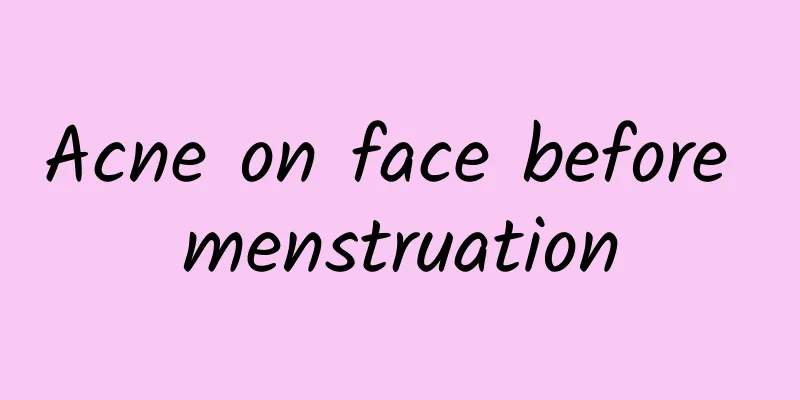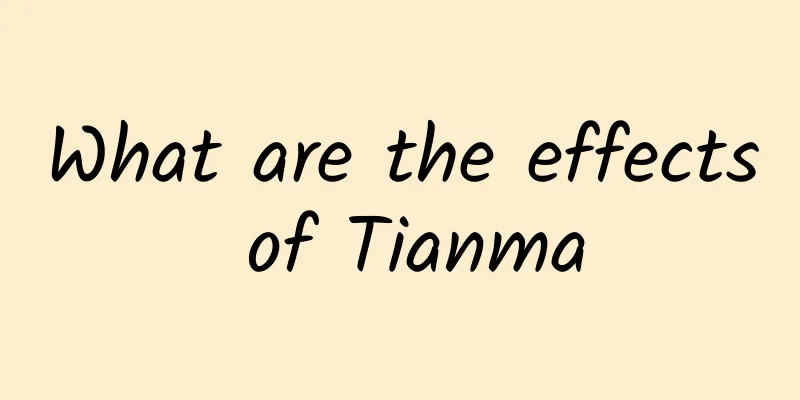Sequelae of stroke

|
There are many sequelae of cerebral stroke, which many people know. Stroke is a relatively serious disease in our human body, and many people who suffer from stroke usually die. Many people are afraid of stroke for this reason. Of course, more people are afraid of stroke because of the many sequelae of stroke. But to be honest, stroke is indeed a serious disease, because there is currently no particularly good medical method to treat stroke.
Stroke can cause great harm to our body, and generally the harm caused by stroke is systemic, so many stroke patients never leave their bed after the onset of the disease. What's worse, they lose consciousness when the disease occurs. This situation is also common. So what are the sequelae of stroke? Sequelae of stroke refer to symptoms such as hemiplegia, language disorders, or facial paralysis that still exist one year after the onset of the stroke. This period is also called the post-stroke sequelae period. Compared with the recovery period, the recovery speed and degree are slower. The main sequelae of cerebral stroke include hemiplegia (paralysis of one side of the body), hemilimb disorder, limb numbness, hemianopsia, and aphasia. Or crossed paralysis, crossed sensory impairment, external ophthalmoplegia, nystagmus, difficulty in forming words, language disorder, memory loss, facial paralysis, difficulty swallowing, choking on food and water, ataxia, dizziness and headache, etc. The fundamental reason for the above symptoms is the presence of blood diseases such as high blood viscosity, high blood lipids, high blood pressure, high blood sugar, platelet aggregation, and vascular diseases such as atherosclerotic plaque formation inside the cerebral blood vessels. The combined effect of the two diseases results in the formation of blood clots that block the cerebral arteries, leading to local blood flow interruption in the brain and ischemia, hypoxia and necrosis of brain tissue. If the motor nervous system controlled by the cranial nerves is affected, corresponding sequelae such as hemiplegia and limb disability will occur; if the language center controlled by the cranial nerves is affected, it will lead to corresponding neurological symptoms such as language disorders or even aphasia. Symptoms and Signs The main clinical manifestations of stroke are mental disorders and movement, sensory and language disorders. After a period of treatment, except for consciousness, other symptoms will still exist to varying degrees. These symptoms are called sequelae. The severity of sequelae varies depending on the patient's physical condition and complications. Common sequelae of stroke are as follows: numbness The affected limbs, especially the extremities, such as fingers or toes, or the skin of the cheek on the hemiplegic side have a crawling sensation, a tingling sensation, or a slow response to stimulation. Numbness is often related to weather changes. The numbness is particularly obvious when the weather changes suddenly, when it is hot and humid, before and after rain, or when the weather is cold. Crooked mouth and slanted eyes Paralysis of the facial muscles below the eye bags on one side. The symptoms include shallowing of the nasolabial groove, drooping corners of the mouth, and exposed teeth. When puffing the cheeks and whistling, the corners of the mouth tilt toward the healthy side and drool, which is more obvious when talking. Central paralysis Central paralysis, also known as upper motor neuron paralysis, or spastic paralysis, or scleroplegia. It is caused by damage to the pyramidal cells in the motor area of the cerebral cortex and the nerve fibers they send out, the pyramidal tracts. Due to damage to the upper motor neurons, they lose their inhibitory and regulatory effects on the lower motor neurons, causing the reflex function of the spinal cord to be "released" and resulting in weakened or absent voluntary movements. Clinically, the main manifestations are increased muscle tone, hyperreflexia of the tendons, pathological reflexes, and spastic paralysis. Peripheral paralysis Peripheral paralysis, also known as lower motor neuron paralysis, or flaccid paralysis, soft paralysis. It is paralysis caused by damage to the anterior horn cells of the spinal cord, the motor nuclei of the brainstem, and the nerve fibers they send out - the ventral roots of the spinal cord, spinal nerves, and cranial nerves. Due to damage to the lower motor neurons, the muscles they control do not receive the necessary impulses and excitement, which manifests clinically as decreased muscle tone, weakened or absent reflexes, accompanied by muscle atrophy, but no pathological reflexes. Through the detailed introduction in the above article, I believe everyone now has a certain understanding of the sequelae of cerebral stroke. And through understanding, everyone can find out one thing, that is, there are many sequelae of cerebral stroke, and generally the sequelae of cerebral stroke are very harmful to the human body. Therefore, we should prevent the occurrence of stroke from all aspects in our lives in the future. |
<<: Symptoms of internal rheumatism
>>: What to eat for mild cerebral infarction
Recommend
Toothache and facial swelling are terrible. Here are 5 tips to reduce swelling and relieve pain.
Toothache is not a disease, but it can be fatal. ...
Can pneumonia be cured?
Pneumonia is a common disease, and many parents a...
Check out the 6 benefits of drinking Panax notoginseng powder soaked in water
Panax notoginseng is a relatively common traditio...
The efficacy and function of dried corn silk
Corn is a food that everyone is familiar with. It...
Low high-density lipoprotein
Speaking of diseases among middle-aged and elderl...
What are the symptoms of a heart attack?
The full name of myocardial infarction is myocard...
What to do if asthma attacks frequently
Generally speaking, asthma is caused by the react...
Difficulty breathing, shortness of breath
When the temperature changes greatly during the c...
Endometrial thickness 16
Although people without professional knowledge do...
Can I eat lobster when I am pregnant?
Many people think of folic acid when they mention ...
Diet therapy for chronic pharyngitis
There are many people suffering from chronic phar...
Craniopharyngioma Treatment with Traditional Chinese Medicine
Craniopharyngioma is a very common disease in dai...
What causes anal leakage?
Anal fistula is a disease in the anal area of t...
Is burping and chest congestion a sign of esophageal cancer?
The feeling of belching is very uncomfortable. Mo...
Causes of small blood spots on the body
Many people find that there are many small blood ...









